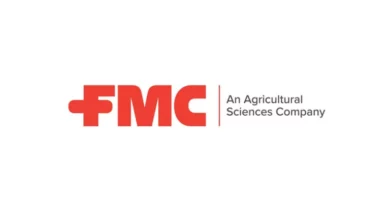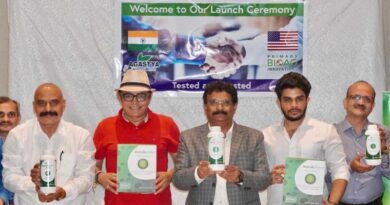The Growing Awareness Of Regenerative Agriculture Benefits Has Big Ag Leaning In
Regenerative agriculture is a revenue generator.
15 September 2023, US: If you’re in agriculture, this past year has been challenging, not only for farmers but also for the agricultural companies that serve them. The ripple effect of the pandemic and supply chain issues have resulted in higher channel inventories in core markets. Lower demand has recently left many large agrichemical companies reporting lower-than-expected earnings this year, with adjusted outlooks for the remainder of 2023 showing dampened sales.
Some might say the decrease in earnings is short-term. A cyclical part of the agricultural economy. While this may be the case, senior leaders in these companies are laser-focused on how to right the ship. Even though the agricultural industry has radically transformed over the past 10 years with the onset of digital and precision farming, the industry is in the early days of yet another revolution – regenerative agriculture.
Regenerative agriculture is a tremendous untapped profitable opportunity. In the last 50 years, the industry has expanded scale and speed, vastly improved yield through seed, irrigation, and fertilizers, and utilized data and other emerging technologies to further increase those yields. But the industry is at a tipping point. No new modes of action have been discovered for groundbreaking herbicides in years, and if there is, it will be a rare occurrence. The next big opportunity for revenue was thought to be digital farming but figuring out how to monetize digital services has not yet yielded the big returns we may have expected. At the same time, increasing environmental and social pressures continue to shape the food value chain.
Aside from being a “good corporate citizen” sustainability is a savvy business strategy
Aside from being a “good corporate citizen” sustainability is a savvy business strategy. With companies leaning into sustainability with a regenerative agriculture angle, they’re able to create new business opportunities that benefit the planet at the same time. A win-win for all.
To bring it all together, you’ll start to see a systems approach to practices. With no-till, cover crops, and livestock integration at the core, companies will bring in precision input applications to target synthetic chemical use. More importantly, new seed genetics and biological products are being brought into the fold. Transitioning to regenerative biological practices over time ensures little impact on yield or quality while providing both short- and long-term benefits to the farm. Something the biological industry has known for years.
Biologicals often overlooked as the sustainable yield optimizer.
For many years biologicals were viewed as a risky experiment with a belief you could not get the yield and quality you would expect with a nature-based product. However, through extensive research and development, Acadian Plant Health™ has been able to prove the
compounding upside of their seaweed-based biostimulants – one important upside being the impact on soil health. There are many definitions for regenerative ag, but at the core of them all is repairing, rebuilding, revitalizing, and restoring the ecosystem of the soil.
Improving soil health will increase our ability to grow healthy, productive crops and the resiliency of our food production potential for generations. Extensive research has shown that soil health is nurtured by encouraging soil’s complex web of microbial life. Due to their proximity to plant roots, soil microbes directly influence plant growth, health, and productivity. One of the most important groups of microbes found in the rhizosphere are arbuscular mycorrhiza fungi (AMF) which colonize more than 80% of land plants, including agricultural crops.
A growing body of evidence indicates that applications of Ascophyllum nodosum seaweed-based biostimulants broadly influence the structure and activity of microbial communities in the rhizosphere, increasing rhizosphere activity, biodiversity, and metabolic activity. Research into the influence of seaweed extracts on specific microbes, such as AMF, and the influence on their interactions with plants, has been limited. However, a recent study published in Nature Scientific Reports titled Alkaline extraction of the seaweed Ascophyllum nodosum stimulates arbuscular mycorrhizal fungi and their endomycorrhization of plant roots explored this interaction and found that Acadian Plant Health’s seaweed extract improved growth and symbiosis of AMF through multiple mechanisms 1.
Additionally, the increase in plant health that occurs with the application of Acadian’s biostimulant has shown an increase in the root biomass of the plant. Carbon derived from roots during growth and then as root residues play a critical role in increasing soil organic carbon 2.
Respecting the vital role of soil
Soil plays a vital role in the world of agriculture – it is essential we invest in solutions to conserve and revitalize this finite resource. Going beyond sustainability and regenerating an ecosystem to ensure we restore biodiversity. The use of biostimulants in a new system of agriculture can promote resiliency and protect our planet, ensuring healthier food systems for all.
In the end, regenerative agriculture is poised to reach USD 21 Billion by 2029 3. Can moving from traditional cropping systems to regenerative agriculture be profitable? The answer is a resounding yes. The true value though is far greater than just financial.
Also Read: Major decisions related to agriculture under India’s G20 presidency
(For Latest Agriculture News & Updates, follow Krishak Jagat on Google News)















